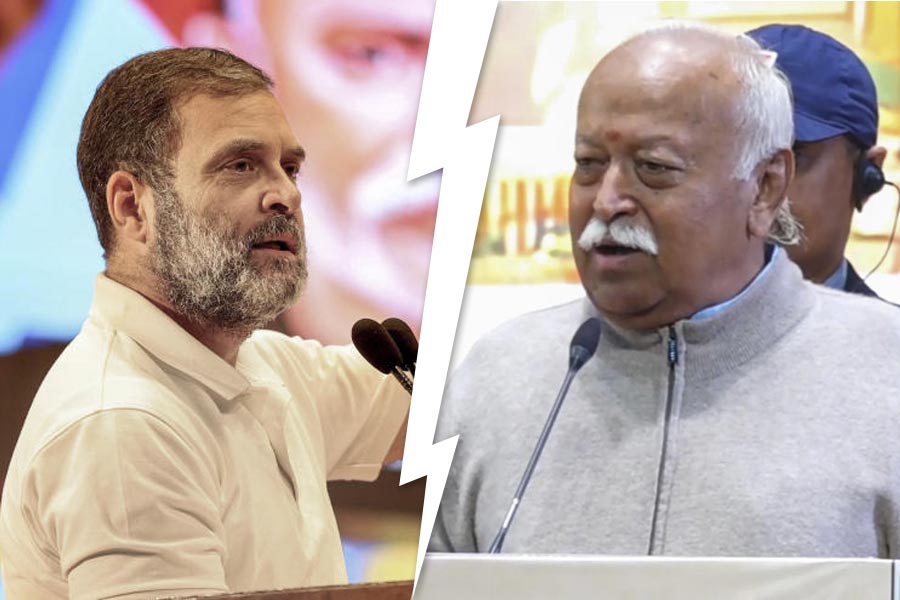The members of the group of ministers on rate rationalisation have reached a consensus that the four-slab GST structure will continue. They have asked the fitment committee to review rates on the “luxury” goods whose rates were earlier reduced to 12 per cent and could be moved back to the 18 per cent slab.
The ministers’ panel also agreed that rates for goods of common use should not be increased, Bengal finance minister Chandrima Bhattacharya told The Telegraph.
The current Goods and Services Tax (GST) system consists of four slabs — 5 per cent, 12 per cent, 18 per cent, and 28 per cent — with essential goods taxed at lower rates or exempted and luxury or “sin” goods facing higher levies, including a cess.
Her comments, perhaps bring to an end the speculation of the merger of the 12 and 18 per cent rates or the introduction of a new 15 per cent rate to balance the impact on prices of goods and revenue loss.
She said the fitment committee would look into goods where the rates had been cut in the past and strike a balance between the interest of common people and revenue to the exchequer.
The state finance minister said the panel was of the view that the existing rate structure for readymade garments be maintained, rejecting the proposal to hike the rate to 18 per cent from 12 per cent where the sale value exceeds ₹1,000 per piece.
On the proposal to cut GST rates on life and health insurance, she said a detailed discussion took place but nothing was finalised.
The next GST GoM meeting will be held on October 19 in New Delhi, which will deliberate on insurance-related matters for senior citizens, life insurance, term life insurance, group insurance, etc. The discussion will also cover the potential introduction of medical insurance solely for senior citizens and whether selective exemptions would complicate implementation.











